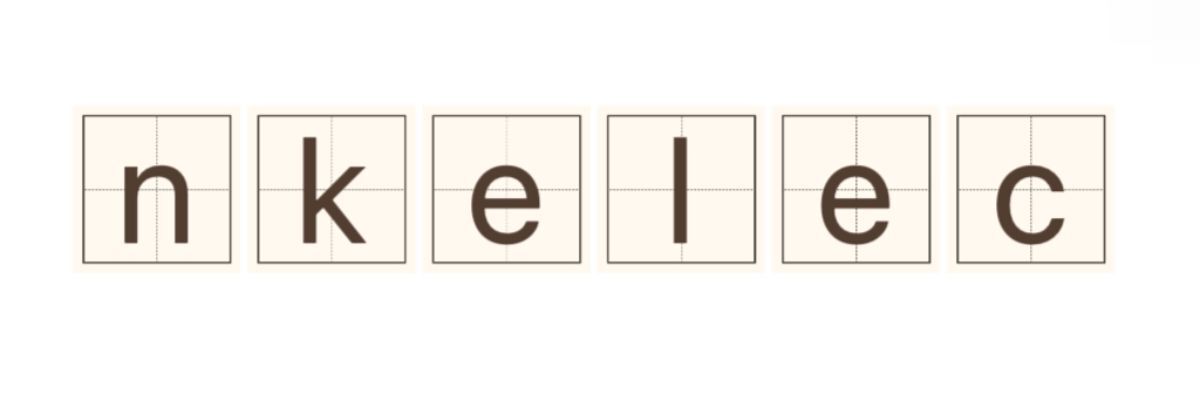Mastering Antenna Coordinate Systems: A Complete Guide
Jan. 21, 2025
Understanding antenna coordinate systems is essential for optimizing antenna design and improving communication systems. This comprehensive guide will help you master the various aspects of antenna coordinate systems and their applications in wireless communication.
Want more information on antenna coordinate system? Feel free to contact us.
Types of Antenna Coordinate Systems
Antenna coordinate systems can be categorized into three main types: Cartesian, Spherical, and Cylindrical. Each system has its own unique set of attributes that make it suitable for specific applications. The Cartesian coordinate system utilizes three-dimensional x, y, and z axes to define positions in space. This system is commonly used for simple antenna models, where straightforward spatial representation is needed.
The Spherical coordinate system, on the other hand, is particularly useful for antennas with radiating patterns that are symmetrical about a point. It employs two angles and a radius to describe a point, which can greatly simplify calculations related to gain and radiation patterns. Finally, the Cylindrical coordinate system, which blends elements of both Cartesian and Spherical systems, is often useful for antennas designed to operate in cylindrical geometries, such as certain types of open-ended waveguides.
Coordinate Transformation
Transitioning between coordinate systems, known as coordinate transformation, is pivotal in antenna design. Engineers often need to switch from one system to another for analysis or optimization. Understanding the mathematical relationships between coordinate systems is critical to ensuring accurate results. For example, converting spherical coordinates to Cartesian ones requires specific formulas, and vice versa. Familiarity with these transformations can save time during simulations and enhance understanding of antenna behavior.
Polar vs. Rectangular Representation
Antenna patterns can be represented using either polar or rectangular coordinates. Polar coordinates generally depict the radiation pattern of the antenna as a function of angles, presenting a clear visual representation of gain versus direction. This format is particularly advantageous for understanding how an antenna radiates energy in various directions.
On the other hand, rectangular coordinates provide a more straightforward numerical representation of the same data. They can be especially useful for computational tasks and numerical analysis in simulations. Ultimately, the choice between polar and rectangular representation often depends on the specific context and requirements of the antenna analysis at hand.
Applications in Wireless Communications
Mastering antenna coordinate systems is vital for various applications in wireless communications. From ensuring clear signal transmission in cellular networks to enhancing data transfers in Wi-Fi systems, a robust understanding of these systems can lead to improved system performance. Antenna placement, alignment, and orientation are all heavily influenced by coordinate systems, impacting the overall coverage and efficiency of communication networks.
Conclusion
Mastering the antenna coordinate system can greatly enhance your ability to design effective communication systems. This understanding not only facilitates better design choices but also improves the engineer's ability to predict performance outcomes. If you have any questions or need assistance in navigating the intricacies of antenna coordinate systems, please feel free to contact us.
For more spherical antennainformation, please contact us. We will provide professional answers.
374
0
0


Comments
All Comments (0)